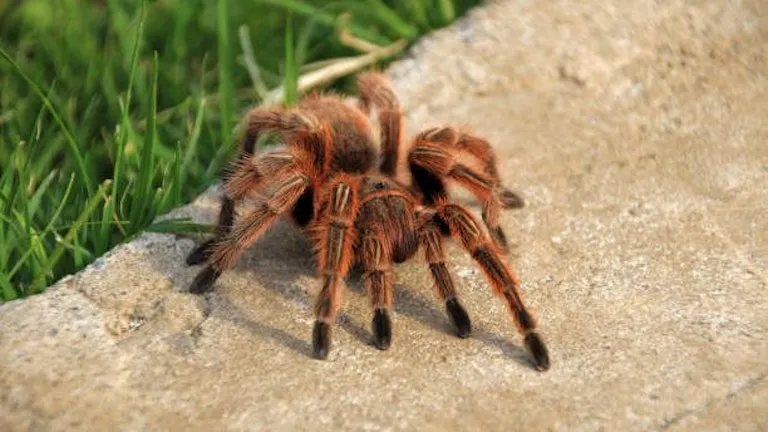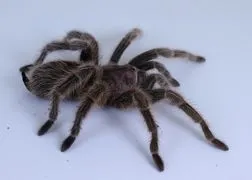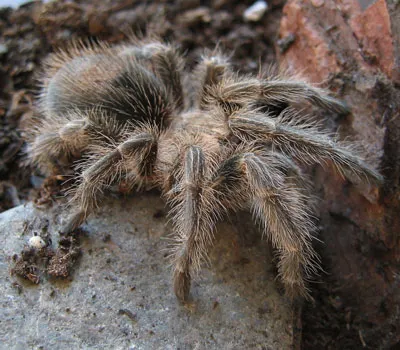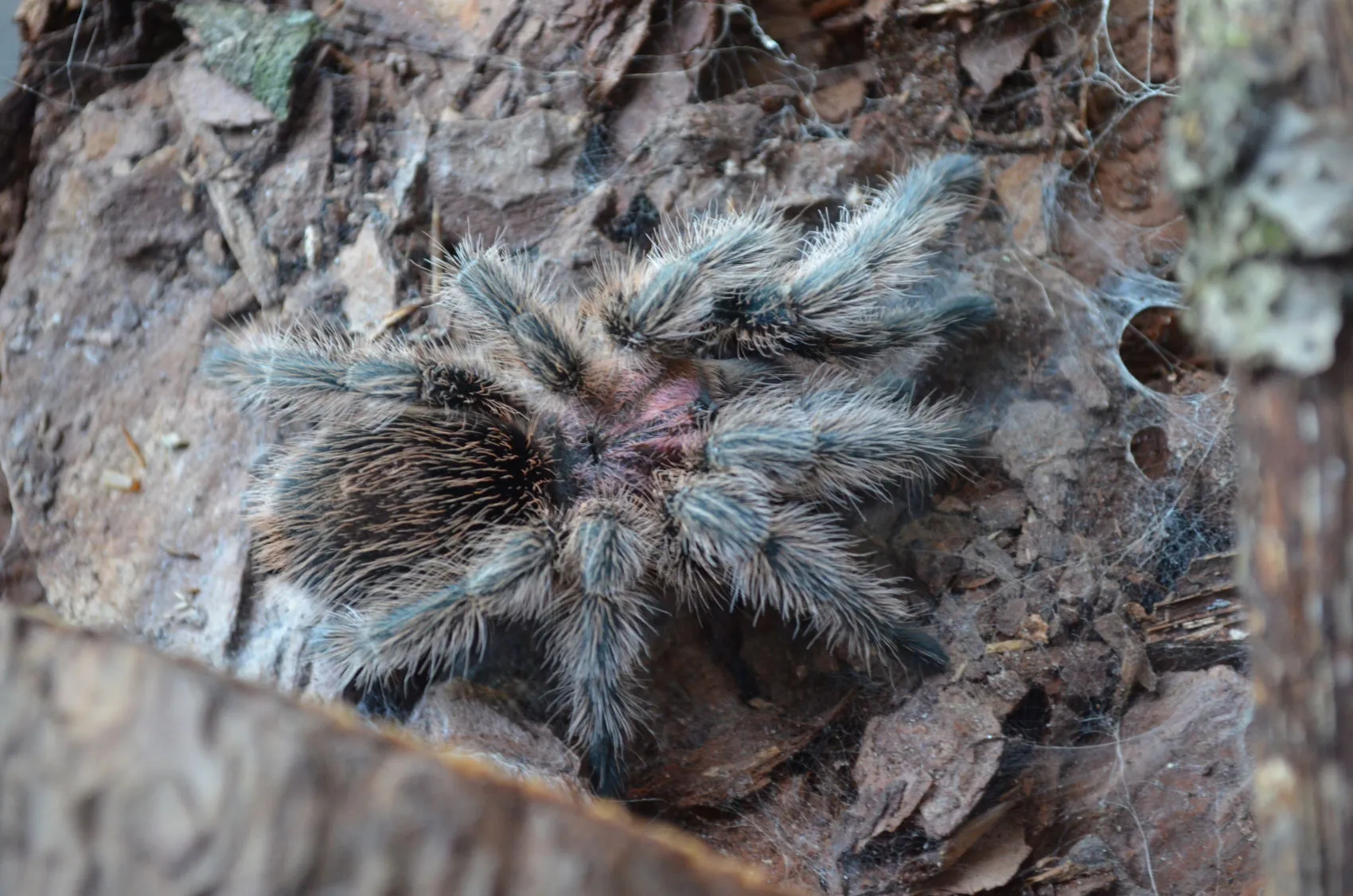Rose Hair Tarantula Cost An Overview
The rose hair tarantula, Grammostola rosea, is a popular pet due to its docile nature and relatively low maintenance. But how much does it really cost to own one of these fascinating creatures? This comprehensive guide breaks down the various expenses associated with acquiring and caring for a rose hair tarantula, from the initial purchase price to ongoing costs. Understanding these expenses is crucial for responsible pet ownership, ensuring you can provide the best possible care for your eight-legged friend and a great experience.
Factors Influencing Rose Hair Tarantula Price
Several factors can influence the price of a rose hair tarantula. These elements can vary significantly, affecting the overall cost you’ll incur. Being aware of these factors will assist you in making a well-informed choice and finding a tarantula that fits your budget. Understanding these influences will help you navigate the market and make informed decisions.
Age of the Tarantula

Younger tarantulas, or spiderlings, are typically less expensive than older, more mature ones. This is because younger tarantulas require more time to grow and are more vulnerable. However, younger tarantulas are also more fragile and may be more challenging for beginners. Older tarantulas may command a higher price, reflecting their maturity, established habits, and often, their sex. Be aware that older tarantulas are closer to the end of their lifespan, so this is a factor to consider.
Size and Sex
Larger tarantulas, which are usually older, tend to be pricier. The size reflects growth and maturity. The sex of the tarantula can also influence the cost. Female rose hair tarantulas are generally more valuable than males, as they have a longer lifespan and can potentially produce offspring. Males typically mature faster and have a shorter lifespan. Therefore, the higher price often reflects the longer companionship a female tarantula can offer.
Morph or Color Variations
While rose hair tarantulas are known for their typical appearance, there can be variations in color or pattern. Some breeders may selectively breed for specific traits, resulting in unique morphs. These variations can sometimes command a higher price than standard rose hair tarantulas. However, the price difference will depend on the rarity and the demand for a specific morph.
Where You Buy From

The seller also plays a significant role in the cost. Buying directly from a reputable breeder often ensures a healthy tarantula and can sometimes be more affordable than buying from a pet store. Pet stores often have higher overhead costs, which can translate into higher prices for the tarantula. Online marketplaces also offer options, but it is critical to check seller reviews and ensure they are reputable to get a healthy specimen.
Initial Costs Setting Up Your Rose Hair Tarantula Habitat
Setting up a habitat for your rose hair tarantula involves several initial costs. These are one-time or infrequent purchases. While these costs can seem significant upfront, they are essential for the tarantula’s well-being and will create a safe, comfortable, and stimulating environment for your pet, contributing to its longevity and overall health. Budgeting for these items will ensure you are well prepared for your new pet’s arrival.
Enclosure Essentials
The enclosure is the most significant initial cost. A suitable enclosure for a rose hair tarantula should be appropriately sized for its adult size, allowing for adequate space. Glass or clear plastic terrariums are popular choices, providing good visibility. The enclosure must have a secure lid to prevent escapes. Expect to spend anywhere from $20 to $100 or more, depending on the size and material.
Substrate Selection

The substrate, which is the material that covers the bottom of the enclosure, provides a suitable environment for the tarantula. Suitable substrates for rose hair tarantulas include coconut fiber, peat moss, and a mix of these. The substrate helps maintain humidity and allows the tarantula to burrow. Expect to spend around $10 to $30 on substrate, depending on the size of the enclosure and the type of substrate.
Heating and Lighting
Rose hair tarantulas do not require intense lighting or heating, but maintaining a suitable temperature gradient is vital. A heat mat or a low-wattage heat lamp can be used to provide gentle heat. A thermometer is essential to monitor the temperature inside the enclosure. Expect to spend around $15 to $50 for heating and temperature monitoring equipment.
Feeding and Maintenance Costs
After the initial setup, you’ll have ongoing expenses related to feeding and maintaining your rose hair tarantula. These expenses are relatively low compared to owning other pets. Careful budgeting for these necessities helps ensure the well-being of your tarantula.
Type of Food

Rose hair tarantulas primarily eat insects. Crickets, mealworms, and dubia roaches are common choices. The cost of food will depend on the type and quantity you purchase. Buying insects in bulk can reduce the cost. Expect to spend around $10 to $30 per month on food, depending on the size of your tarantula and how often you feed it. Supplementing with vitamin-dusted insects can further improve its health.
Frequency of Feeding
The frequency of feeding depends on the tarantula’s age and size. Spiderlings need to be fed more often than adults. Adult tarantulas can eat once or twice a week. Overfeeding can be detrimental to the tarantula’s health. Consider the tarantula’s eating habits and adjust the feeding schedule to match its needs. Remember, it is always best to have a well-informed diet plan.
Veterinary Care and Unexpected Expenses
While rose hair tarantulas are generally hardy, they can sometimes require veterinary care. Though not always necessary, setting aside funds for veterinary visits ensures you can address any health issues promptly. Unexpected expenses can include items like replacement enclosures, substrate, or other supplies. It’s wise to have an emergency fund for unforeseen situations.
Comparing Costs Rose Hair vs Other Tarantulas

The rose hair tarantula is generally considered a budget-friendly option compared to other tarantula species. Some more exotic or rare species can cost significantly more, especially if they have unique color variations or morphs. The long-term costs, such as food and habitat maintenance, are also generally lower for a rose hair tarantula than for some larger, more demanding species. Before choosing a tarantula, research various species and consider your budget and commitment level.
Long-Term Cost of Owning a Rose Hair Tarantula
The long-term cost of owning a rose hair tarantula is relatively low, making it an affordable pet for many. While the initial setup costs can be somewhat significant, the ongoing expenses are mainly related to food, substrate replacement, and occasional vet visits. With proper care and maintenance, a rose hair tarantula can be a rewarding and low-cost pet, offering years of companionship without breaking the bank. Planning and budgeting will ensure a positive experience for both you and your tarantula. The long-term commitment can be very rewarding for any pet owner.
